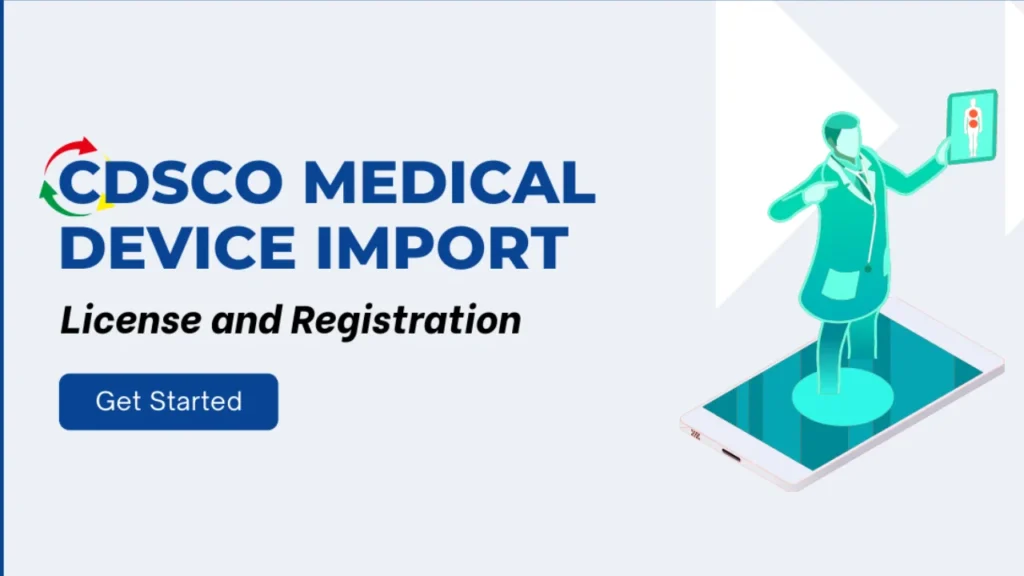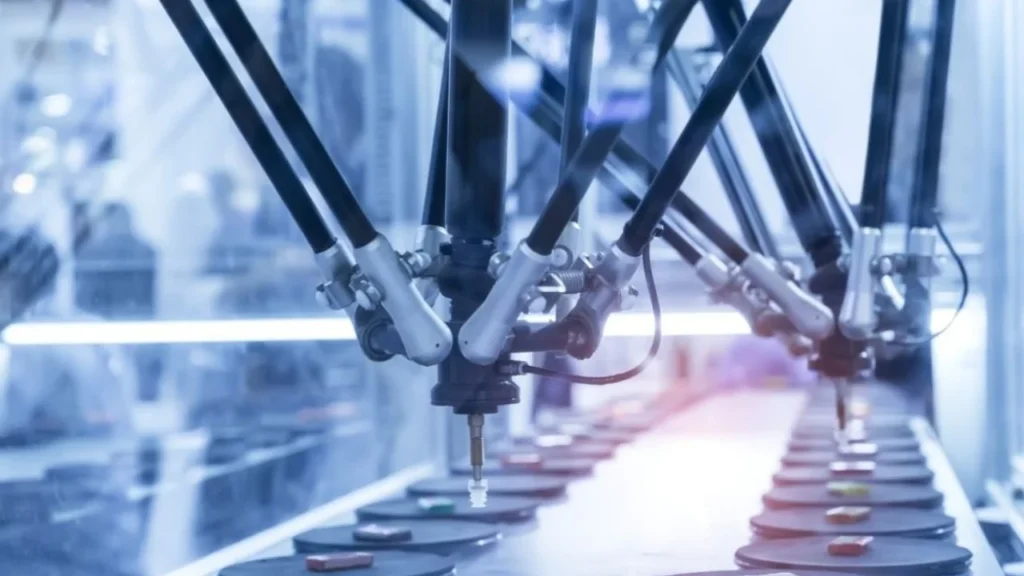In vitro diagnostics (IVDs) are essential tools in modern healthcare, used extensively worldwide for disease diagnosis, monitoring, and personalized medicine. In India, too, the demand for IVDs is significantly high. The market was valued at approximately USD 2.64 billion in 2023 and is projected to grow at a CAGR of 7.17% from 2024 to 2030. This increasing demand is attracting significant interest from foreign IVD manufacturers seeking to enter the Indian market. However, before introducing IVD devices to India, manufacturers and importers must navigate a complex regulatory landscape. A thorough understanding of the registration process is crucial for successful market entry.
This blog post aims to guide manufacturers and importers through the IVD registration procedure in India, providing the essential information needed for a smooth and compliant market launch. Continue reading to learn more.
What are IVD Devices?
In vitro diagnostics (IVDs) are medical devices used to analyze biological samples, such as blood, tissue, urine, or other bodily fluids, outside the human body. These tests provide crucial information for diagnosing diseases, monitoring a patient’s health, measuring specific substances, and detecting infections.
Common examples of IVDs include pregnancy test kits, COVID-19 test kits, blood glucose monitoring kits, immunoassays, and devices used in human genetic testing.
Which Regulatory Body Governs IVDs in India?
The Central Drugs Standard Control Organization (CDSCO), under the Ministry of Health and Family Welfare, is the regulatory body responsible for overseeing the registration and regulation of In Vitro Diagnostic (IVD) devices in India.
What are the classifications of IVDs?
Based on risk parameters, IVDs are categorized into four classes:
- Class A: Low risk IVDs. E.g. Clinical chemistry analyzer (other than near patient testing).
- Class B: Low moderate risk IVDs. E.g. Pregnancy test strips, anti-nuclear antibody testing, urine test strips.
- Class C: Moderate high risk IVDs. E.g. Blood glucose self-testing system, Human leukocyte antigen (HLA) typing, prostate-specific antigen (PSA) screening.
- Class D: High risk IVDs. E.g. HIV blood donor screening, ABO/Rh(D) blood grouping analyser (for near patient testing).
Role of Central Licensing Authority in Regulating IVDs
Under the Medical Devices Rules, 2017, the Central Licensing Authority is responsible for:
- Granting a license for the import of all classes of In Vitro Diagnostic Medical Devices.
- Regulating the manufacture of Class C and Class D (high risk) IVDs.
- Granting approvals for clinical performance evaluation studies for new IVDs before they are allowed to be marketed in India.
- Coordinating with the State Licensing Authorities to ensure that there is consistent monitoring of IVDs once they are in the market.
Role of State Licensing Authority in Regulating IVDs
Under the Medical Devices Rules, 2017, the State Licensing Authority is responsible for:
- Granting license for the manufacture, sale or distribution of Class A or Class B (low risk) In Vitro Diagnostic medical devices within their states.
- Regulating the sale, stocking, exhibition, and distribution of IVDs of all classes within the state.
How to register an IVD in India?
To register an IVD in India, a manufacturer, importer, or distributor must follow these steps:
- Determine the Class of IVD: Identify whether the device falls under Class A, B, C, or D based on its risk level.
- Appoint Authorized Indian Representative (for importers): Foreign manufacturers must appoint an Authorized Indian Representative (AIR) who will handle regulatory compliance and act as a liaison with CDSCO.
- Submit Application Form: Submit the application along with all required documents on the SUGAM Portal as follows:
For Manufacturers: Apply for a Manufacturing License using Form MD-3/4 (Class A & B) or MD-7/8 (Class C & D).
For detailed information related to getting manufacturing license, read “Medical device (incl. IVDs) manufacturing license in India”
For Importers: Apply for an Import License using Form MD-14. For detailed information related to getting import license, read “A Guide to CDSCO Medical Device (incl. IVDs) Registration”
- Review of Application: CDSCO will review the documents and may evaluate overseas manufacturing sites based on submitted data by the importers. While for manufacturers in India, a site inspection may be conducted by the State Licensing Authority (SLA) or CLA.
- Issuance of the License: If the application meets all requirements, CDSCO may issue the manufacturing or import license, which is valid for five years unless otherwise specified.
How Regulatory Solutions India Can Help You?
If you have not yet registered your IVDs in India, Regulatory Solutions India (RSI) is here to guide you through the process. With over a decade of expertise in the medical device regulatory domain, we have successfully assisted 450+ medical device registrations across all categories. We have partnered with clients from over 20+ countries, providing end-to-end support to streamline approvals and accelerate market entry.
Let RSI simplify your IVD registration process. Contact us today for expert guidance!





